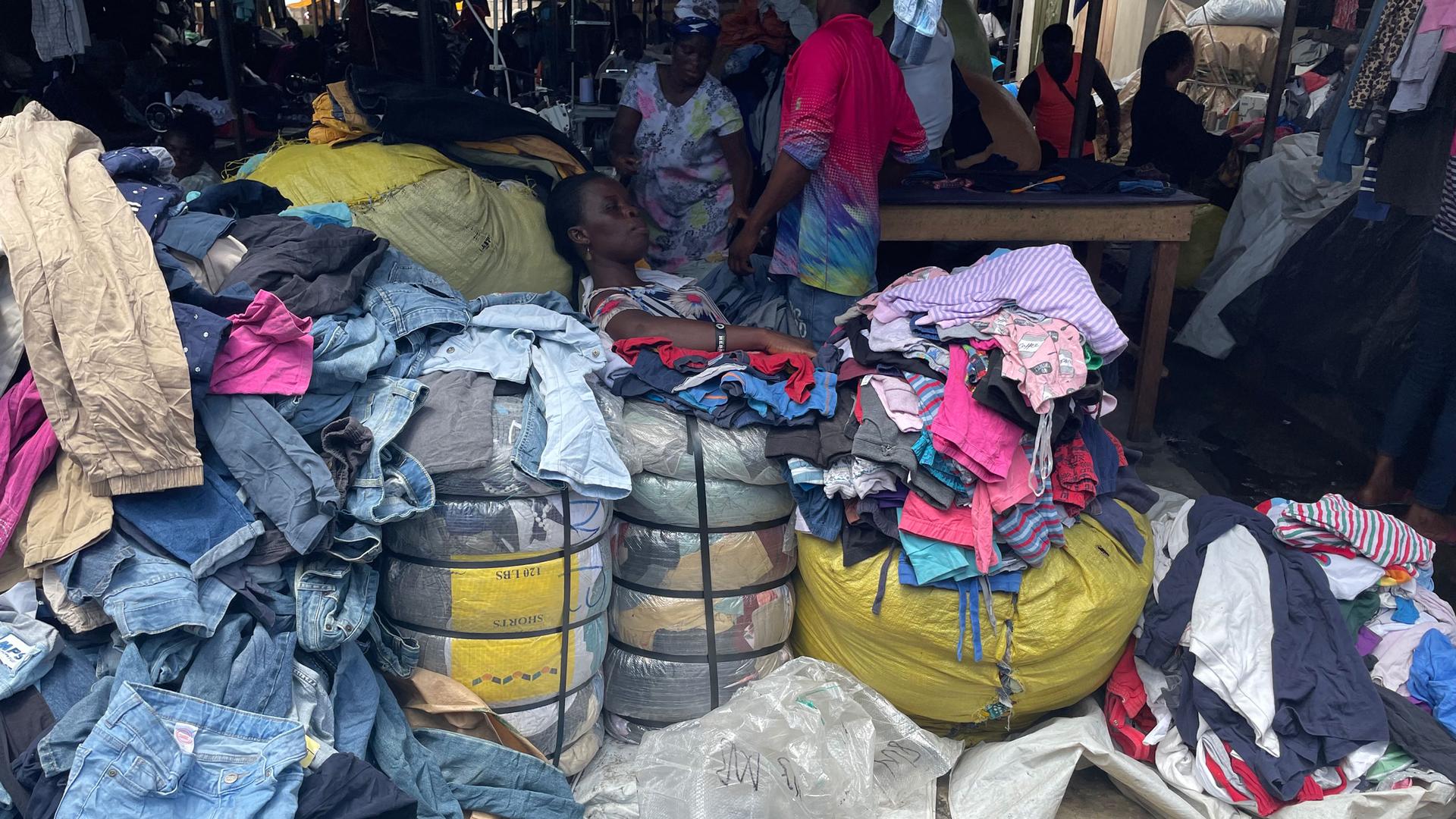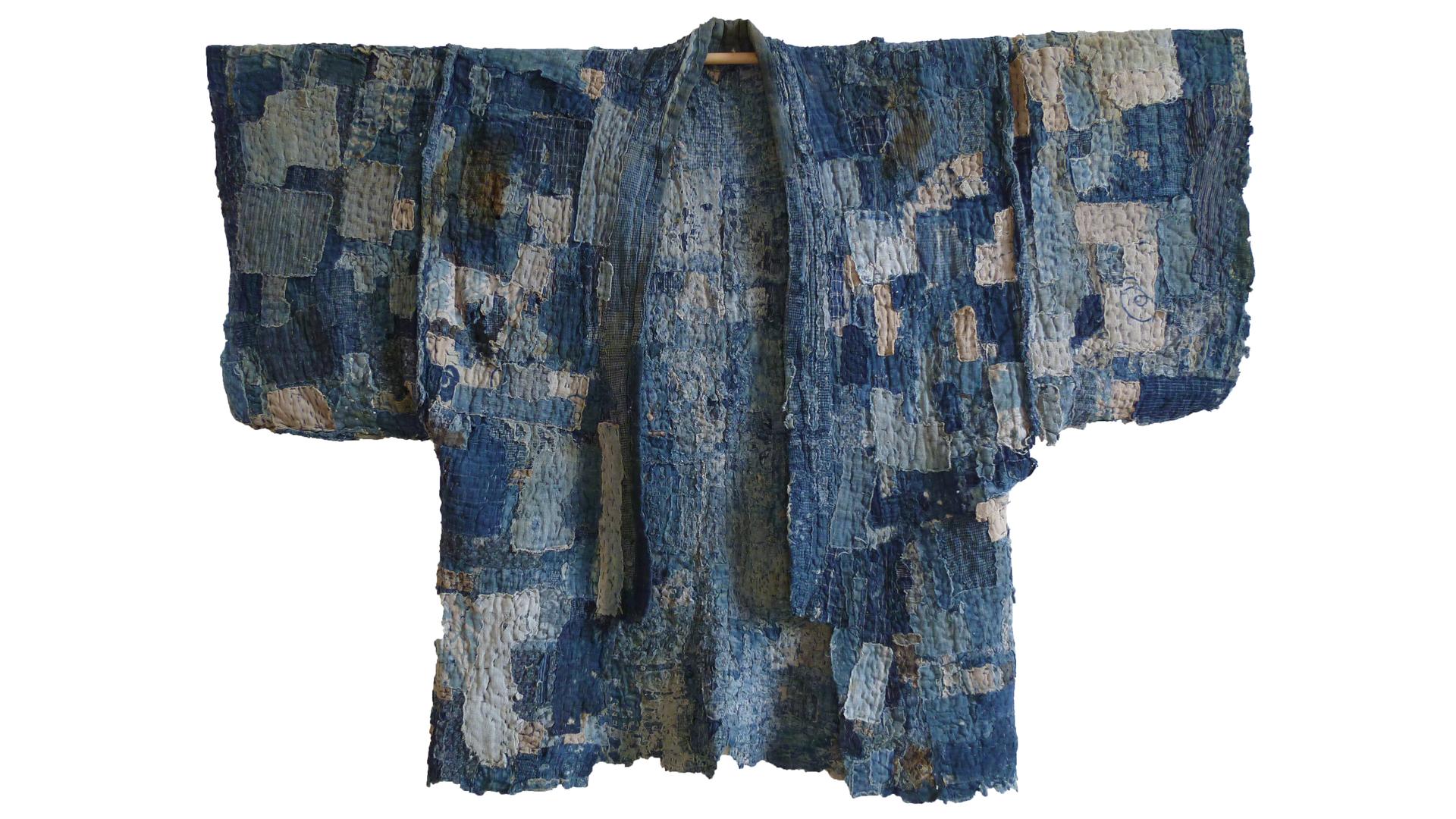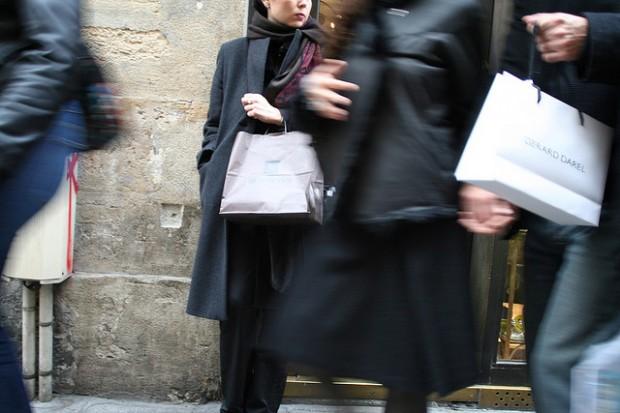Jeans
How the West’s obsession with fast fashion compounds an environmental nightmare in Ghana
As the West continues to mass produce cheap clothes, a lot of it ends up barely worn, donated or in a landfill. In Ghana, the deluge of worn-out fashions has overwhelmed the West African country’s infrastructure and poses huge environmental threats to its coastlines.


